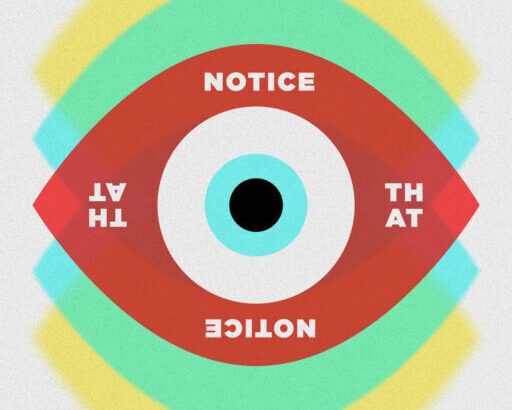Episode 47: Ego State and Interacting Parts

In this episode, we continue in our Ego State Series and begin to consider bringing ego state work into reprocessing trauma.
Ego state work can be really supportive during reprocessing:
- Even in complex cases where you might feel stuck, ego state work can really support your client.
- Try when basic interweaves aren’t working
How to introduce ego state interweaves:
- Starting ego state during resourcing allows your client to be familiar with this kind of work already before you start reprocessing.
- It can be disorienting to introduce this later when the client isn’t prepared.
- The client can reach for the felt sense of strong self and immediately connect it because those neurons have already been connected.
- When you’re talking about a “part” you’re talking about a set of memory networks.
- Parts of self: As we target and process specific experiences that represent that network, we find resolution in healing.
Many times, people have experienced trauma and don’t feel ready to process that trauma.
- There’s an in-between phase that you can use ego state work to begin to indirectly process trauma.
- Not just resourcing, but more of a resourcing/reprocessing hybrid
- Ego state gives a structure and framework to do this.
- Trauma may not have many explicit memories. Ego state can begin to work with the part of the client who experienced it, even if they don’t have explicit memory to go with it.
- Processing the “fears” of that part.
How do you target an ego state?
- It’s identical in the way you set up targets.
- The target is focusing on: “What do you see when you think of that part of you?”
- Each part is created as an adaptive strategy for survival.
- The state holds the body and emotional memory.
- By targeting that state, we are accessing the parts of that experience.
- We are helping the brain hold that story so that it can be more readily integrated into autobiographical memory. – Just by addressing the ego state.
- We literally mean we are directly speaking to that part of the client.
- Their body responds to our nurture and attention so that their adult self and child self get to have a physical experience together. This leads to integration.
- Asking permission gives gatekeeper parts an opportunity to come through.
- Honor the system that is present.
How to verbally converse directly with clients:
- Thinking this is only for DID. However, this can be used for any disintegrated system. This includes any system that has experienced trauma.
- Question if you yourself give sufficient self-nurture and care.
- We were taught “that’s weak” or “childish” to give yourself this kind of comfort and love.
- You might not understand the diversity that exists within ourselves.
Resource: Fraser’s Article DID 1991- The Dissociative Table Technique: A Strategy for Working with Ego States and Dissociative Disorders and Ego State Therapy
Want to hear more discussions on Fraser’s Family Table? Check out Episode 42
Evidence Based Therapist- We read so you don’t have to!
Integrating ego state:
- Creating a safe place for all the parts to gather. This is known as a home base.
- A pattern of home base, venturing out/ exploring trauma for reintegration, finding home base and venturing out again.
- Then, grounding in safety and connection. Repeat with each part.
- Pay attention to detail that’s coming out of the clients process. Watch for words and reasons why or why not the trauma can’t be talked about.
- Venturing/looping out can look a variety of ways:
- BLS
- Article strategy examples
- Depends on what that part needs and what’s most effective for that part.
- Gathering and considering the experience from each part
- Always bringing them back to home base:
- The experience that part has is being upgraded.
- Integrating that part into the whole system.
Ego state with BLS and EMDR:
- Don’t be surprised by how intensely and dramatically the shifts and changes occur.
- Sudden generation of a new part of self.
- Clients learn to do this work themselves.
- Pasts will change and grow- identify formation.
- In EMDR, if not careful, clients get fixation on the part of the process that feels easiest for them to connect with:
- Cognition
- Emotion
- Body Sensation
- We can accidentally collude with clients.
- It wraps this up in a human body through the internal image of a whole body.
- This includes every aspect of what it means to be human.
- This also goes beyond our cognitive barriers.
Resource: The Developmental Needs Meeting Strategy- Sherley Jean Schmidt
Go-to interweave/ reprocessing phrases:
- “What did that younger part of you need?”
- “Is there anybody that wants to go with us?” Giving additional choice and awareness of other parts.
- Not about what the therapist has to offer, but the clients’ system.
- Integration of Mind
- “What is it like for your ‘6 year old self’ for me to be here?”
- “How does the you, today, feel about the you, yesterday?”
Join our Patreon !
Email at: therapy@beyondhealingcenter.com
For more information on the Virtual SIP Training- 21 CE’s May 6-8, 2021





